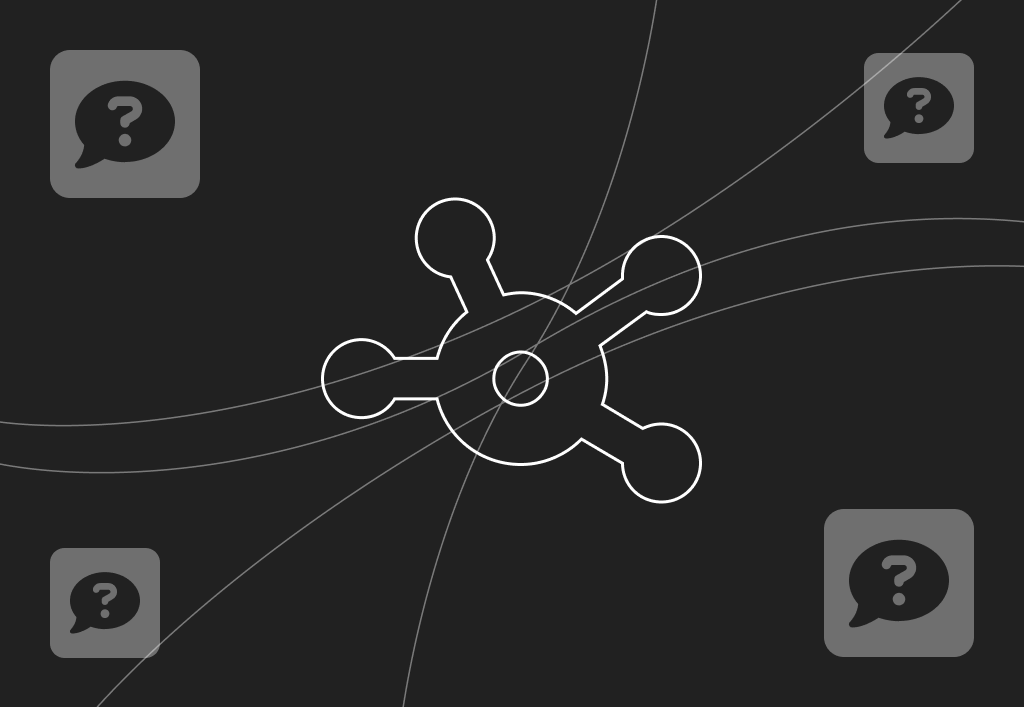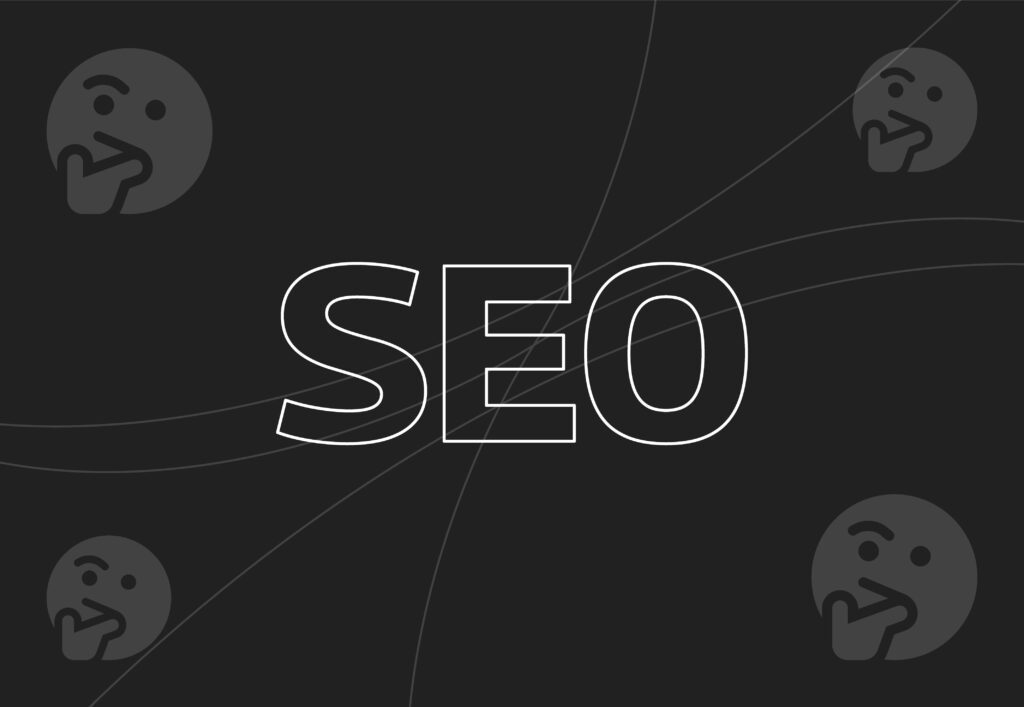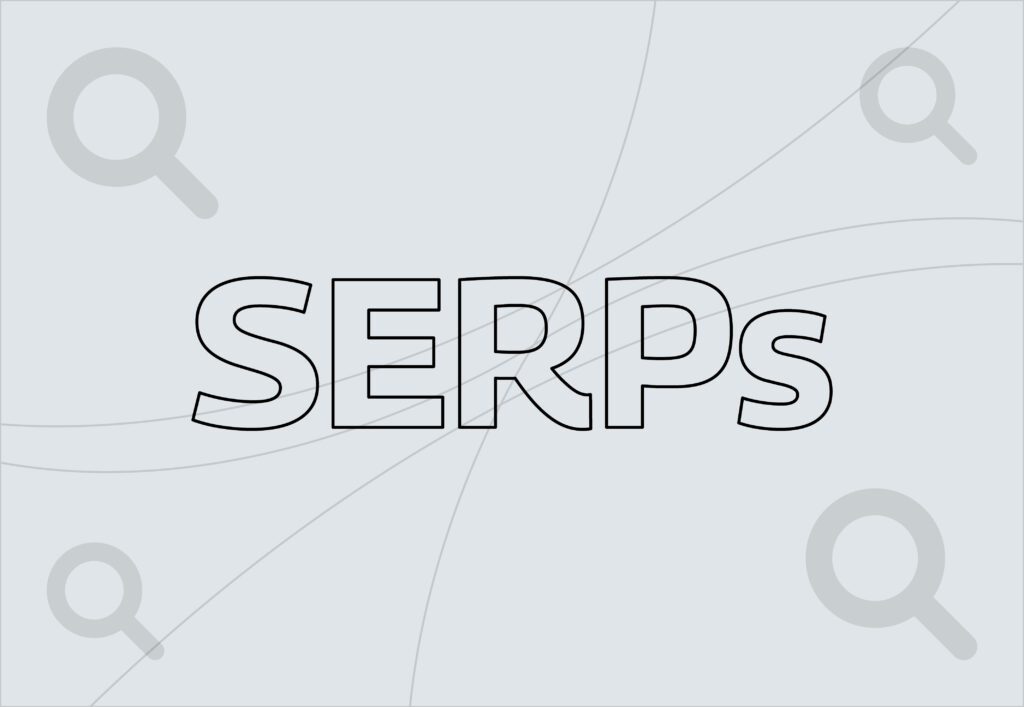
Essential affiliate strategies for retail brands in Q3

Summer is officially in full swing, and whether you love it or you hate it (meaning this recent unbearable heat!) Having a strong affiliate marketing strategy in place is essential for capitalising on this hugely important retail period, ahead of the craziness of Q4. With retail brands contributing to 56% of affiliate transactions last year, brands should, if they haven’t already, lock in more exposure, new campaigns and get ready to scale based on their findings from the first half of the year.
Why Q3 is prime time for affiliate marketing
Ah, Q3, the quarter of bank holiday pay-day weekends, summer holidays and gearing up for the back-to-school frenzy; for which, I imagine, many parents are counting down the days until. These peak events are key when it comes to spikes in consumer activity.
Affiliate marketing is primed for seasons like Q3, capitalising on seasonal trends to scale campaigns and drive performance-led results, without a huge up-front risk. In 2024, UK brands spent £1.7bn on affiliate marketing, which accounted for 10% of ecommerce retail driven that year, and this growth doesn’t seem to be slowing down. More brands are utilising affiliate marketing as a tool to engage and convert customers in a full funnel approach, from lead-gen email campaigns, all the way down to offering best-in-market discounts to purchase-ready users in the loyalty space.
Why does this matter for retail affiliate marketers? Well, with an overarching 81.4% of services advertised by affiliate marketers being B2C products or services, the affiliate retail market is saturated with competition, so cutting through the noise is key.
How UK consumer spending shifts from Q2 to Q3

Within July, August and September, people tend to spend more on average than the previous half of the year. Holidays, festivals, BBQs, summer skincare, new school essentials, the list could go on. With so many things happening throughout this season, shoppers aren’t just spending more – they’re spending differently. Providing retail brands with a pivotal period to capture these intent-driven purchases across multiple verticals.
This receptive nature to spending more on treats, rather than the essentials, is reflected in our spending habits. In 2024, consumer YoY spending for non-essentials rose from 0.6% in Q2 to 0.8% in Q3, with some retail brands in specific sectors like health and beauty, increasing to 7.4% from 5.4%.
FMCG spending was also up in Q3 2024, rising to 3.7%, up from 1.2% in Q2, with sun-craving consumers stocking up on summer essentials. Again, highlighting that the opportunities for affiliate-driven content and promotions are vast throughout different sectors. Education-related spending also spikes in late August and early September, as students gear up for uni and families prepare for the new school term.
The space in which consumers spend is also shifting, from the traditional highstreet, to online. 26.5% of all retail sales are now happening on the web as of July 2024. For affiliate partners, this digital first mindset makes it easier than ever to target the right audiences with well timed promotions.
Affiliate opportunities in seasonal trends
I know, I’ve been honing in on that summer is all Q3 has to offer, but this isn’t just one season, it’s three distinct shopping periods rolled into one. Aligning your affiliate messaging for each is key to success, especially given that affiliate conversion rates increase from 20% to 50% when focused on seasonal campaigns.
Let’s break down each month, some of the opportunities presented, and how best to maximise your affiliate strategy for Q3.
July
This is one of my favourite months of the year (and not just because it’s my birthday). July brings all the excitement of holiday prep, garden upgrades and warm, sometimes even sunny, evenings. Affiliates see a spike in demand, specifically within home and travel. Travel search volumes in 2024 for EMEA regions went up 10% in Q3, both in MoM and YoY, making this the perfect time to push related, travel-centric content. Including activities such as blogs and articles to cover upper funnel awareness, and last-minute deals to convert engaged, soon to be jet setters.
August
In some ways, August is similar to July, but sprinkle in more last-minute wardrobe refreshers, weddings, festivals, payday spending and school holidays. Affiliate marketers are spoilt for choice! Cashback and voucher sites thrive here, especially when tied in with flash sales and bank holiday payday offers, the perfect combination to drive revenue and maximise ROI.
Relevancy, as always, is key when engaging with the different audience sectors we see across this month. From uni students to families and festival goers, the audiences you’re targeting in August are varied and this needs to be reflected in your messaging. A blanket approach won’t cut it. In fact, campaigns that promote highly relevant products can see conversion rates jump by up to 80% compared to more generic ones. Tailoring this not only drives engagement and revenue, but ensures your brand is the go to, with the right content and a strong supporting offer.
September
September signals a reset, structure and normality returns, bringing the annual surge of back-to-school and university shopping. Tech, stationery and homeware take the forefront, as everybody gears up the academic year. For affiliate marketers, it’s a golden opportunity, especially with uni students. Geo-targeted campaigns located near student areas can unlock a true impact, with conversions increasing by up to 30% when geo-targeting is active.
Spending habits also shift after a summer of splurging; consumers begin to tighten their budgets and are more conscious about where their money goes. In September 2024, 70% of UK shoppers said they were actively looking to get more value from their weekly shop, and 35% were hunting for supermarket loyalty scheme savings. For affiliates in grocery, FMCG, and discount sectors, this shift presents a brilliant chance to attract and convert value-driven customers.
So, how do you match affiliate promotions to these moments? By creating a mixed-channel strategy, perfect for segmentation.
Maximising the affiliate funnel to make an impact
Not every affiliate partner works the same, especially given the wide scope of the affiliate funnel. During Q3, when consumer behaviour can shift week on week, knowing who to focus on can make or break your efforts.
Upper funnel focus: Influencers
Utilising influencers for upper funnel activity is ideal for new product launches, summer hauls and monthly must-haves. Even though influencers typically sit within the consideration phase, they’ve proved very effective when converting, with 54% of consumers purchasing a product if an influencer has positively reviewed it.
Instagram currently remains the preferred platform for most affiliate influencers, with 45% using the space to promote campaigns and products. It’s perfect for visual storytelling and for keeping content front of mind and easily refindable, thanks to its highlights reels feature. But when it comes to urgency-first campaigns like flash deals or last-minute summer buys, TikTok has been on the rise, seeing a 200% increase in affiliate activity in 2022.
TikTok affiliate posts average a 5.2% engagement rate, rising to a huge 30.1% for creators under 50K followers. These engagement rates are anywhere between 160%, to a mind-boggling 1570% more than comparable influencers on Instagram, making it the platform to prioritise for short burst Q3 activations.
Middle funnel movers: Email and content
Email and content affiliates tend to sit in the ‘messy middle’, supporting with brand awareness and new customer acquisition, or re-engaging already warm audiences with timely, targeted offers. Email campaigns can be a great, low-risk strategy to test to yield some great results, with 30% of new marketers seeing their highest conversions from these campaigns. These conversion rates can reach as high as 5.3%, outperforming other channels such as social media. Ensuring these emails are catered for the right audiences and highlight current promotions like summer sales, can be a great lead generation tool and produce tangible results in driving revenue.
Editorial and content affiliates aid with producing effective content strategies in a number of ways. For brands showcasing their products in review articles, either as a solo feature, or when facing up against their competitors in a ‘Best Of’ campaign, securing placements with these hyper-relevant editorial affiliates can prove impactful. Especially given that 60% of online shoppers click on affiliate links when looking for product reviews. Blog posts continue to generate tons of traffic for affiliate links, 30% more than that of social media posts. These content spaces can be more personal and focus on single verticals or niche spaces based on the writer’s passions or interests. Aligning this partnership with peak Q3 trends delivers targeted campaign exposure while building trust within a community of avid readers.
Lower funnel drivers: Cashback and loyalty

At the bottom of the funnel we find cashback and loyalty partners, some of the most effective channels for driving conversions. These affiliates can provide the final incentive to persuade a hesitant shopper to spend, especially vital with budgets tightening after summer. Loyalty platforms are filled with consumers whose goal is to purchase, but are hunting for that last piece of the puzzle to finalise their decision and feel like they’ve gained something back. Targeting these high-intent shoppers with exclusive discounts could be the final nudge that turns consideration into conversion.
Cashback sites regularly achieve conversion rates exceeding 30%, far above standard affiliate averages. These affiliates thrive during seasonal retail spikes, when consumers are actively looking for added value or rewards. Integrating exclusive offers into loyalty and cashback channels during these periods not only helps secure the sale of high-intent shoppers, it also builds long-term brand trust that extends beyond the initial transaction.
Once you’ve identified the best partner fits in the funnel, supporting top-performing affiliates with CPA boosts is a great way to instantly incentivise partners already delivering strong results. It’s a cost-effective way to scale what’s already working without committing to upfront spend.
Optimising creatives and tracking
Using the right channels and finding the right partners is important, but giving them the right tools to succeed makes all the difference. In Q3, when trends can change weekly (think heatwaves, exam results, freshers’ week), staying reactive with your content and tracking setup is a must.
Update your assets regularly
Your creative content should reflect what’s happening right now. Whether that’s switching to summer focused imagery during a hot spell or leaning into student life as uni season erupts. Affiliate programmes that focus on dynamic creative optimisation see 25% higher engagement rates, so providing fresh, relevant creatives allows your affiliates more versatility when promoting your brand.
Optimising your affiliate links and landing pages play a huge role in this as well. Implementing small tweaks, like changing headlines or A/B testing different CTAs can lead to real improvement. Landing pages that are built to target the right audience and with performance in mind, can drive up to 30% higher conversion rates than those who don’t.
Make it easy for affiliates
Share up-to-date lifestyle or promotional images, ensure your product feeds are in-depth and current, and provide copy suggestions they can use or adapt in the right tone of voice. The more usable content you can give, the better the chances are of seeing high-quality placements that actually convert.
Track smarter, not harder
I know that UTM tags and affiliate dashboards might not be the most exciting part of your campaign, but they are vital. Programmes using platforms with real-time analytics experience a 25% higher click-through rate, as you’re able to pick up on what’s working, or what’s not, and implement changes while it still matters.
Top tips to maximise your retail affiliate strategy in Q3
Let’s round up my top tips for Q3 success.
- Segment both your audience and affiliate partners: Not all audiences shop the same and not all partners perform the same. Segment by audience type and match with relevant affiliate types to ensure messaging and offers hit the mark.
- Optimise around seasonal moments: Align your campaigns to Q3’s biggest shopping triggers, tailoring your affiliate promotions to support spikes in engagement and boost sales.
- Use CPA incentives to drive performance: Increase commission rates to leading affiliates, giving them a reason to push harder during these peaks.
- Refresh assets and test campaigns: Update creatives often to stay relevant and trial campaign messaging and tracking based on data to identify the best-performing channels.
- Last-click wins: Leverage cashback and loyalty partners in Q3, both while customer spending is high, and to maintain strong revenue when budgets tighten.


